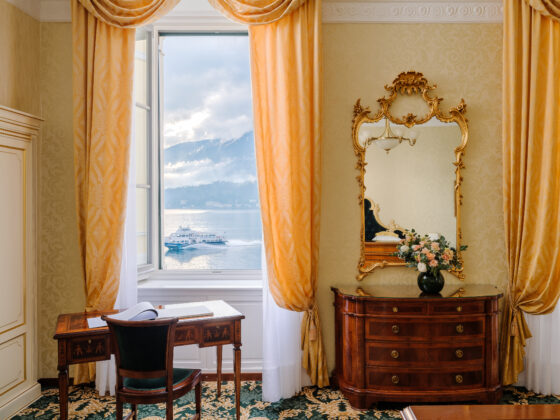Avia Club Nepal is the pioneer in aviation sports that give you the best and personalised view of Annapurna.

They’ve started Ultra light flights in Nepal and have grown to be the country’s trusted adventure provider and masters of recreational aviation.
At sunrise, I woke up excited to experience an adventure of a lifetime. “Namaste!”, greeted by the driver who picked me up from my hotel. Are you ready? He asked. I couldn’t be more enthused. Absolutely, I replied.

As we took off from the private hangar of Pokhara airport, Captain Manoj, one of the guardians of Avia Club, took me under his wing. As we flew above, closer to the Annapurna mountains, I saw “Fishtail” lit up by a pink reflection of the sun that glazed the icy peaks of these magical towering Lords of the earth.

I was in awe.
Ultralight aviation (called microlight aviation in some countries) is the flying of lightweight, 1- or 2-seat fixed-wing aircraft. Some countries differentiate between weight-shift control and conventional 3-axis control aircraft with ailerons, elevator and rudder, calling the former “microlight” and the latter “ultralight”.
During the late 1970s and early 1980s, mostly stimulated by the hang gliding movement, many people sought affordable powered flight. As a result, many aviation authorities set up definitions of lightweight, slow-flying aeroplanes that can be used for tourism and recreation.
The resulting aeroplanes are commonly called “ultralight aircraft”.
In Europe the sporting (FAI) definition limits the maximum take-off weight to 450 kg (992 lb) (472.5 kg (1,042 lb) if a ballistic parachute is installed) and a maximum stalling speed of 65 km/h (40 mph). The definition means that the aircraft has a slow landing speed and short landing roll.

It is, to this day, the best way to move around mountains, and Nepal holds some of the world’s most majestic mountains.
A must experience.

Book your flight adventure: http://aviaclubnepal.com
Always exploring,
Lucas Raven











